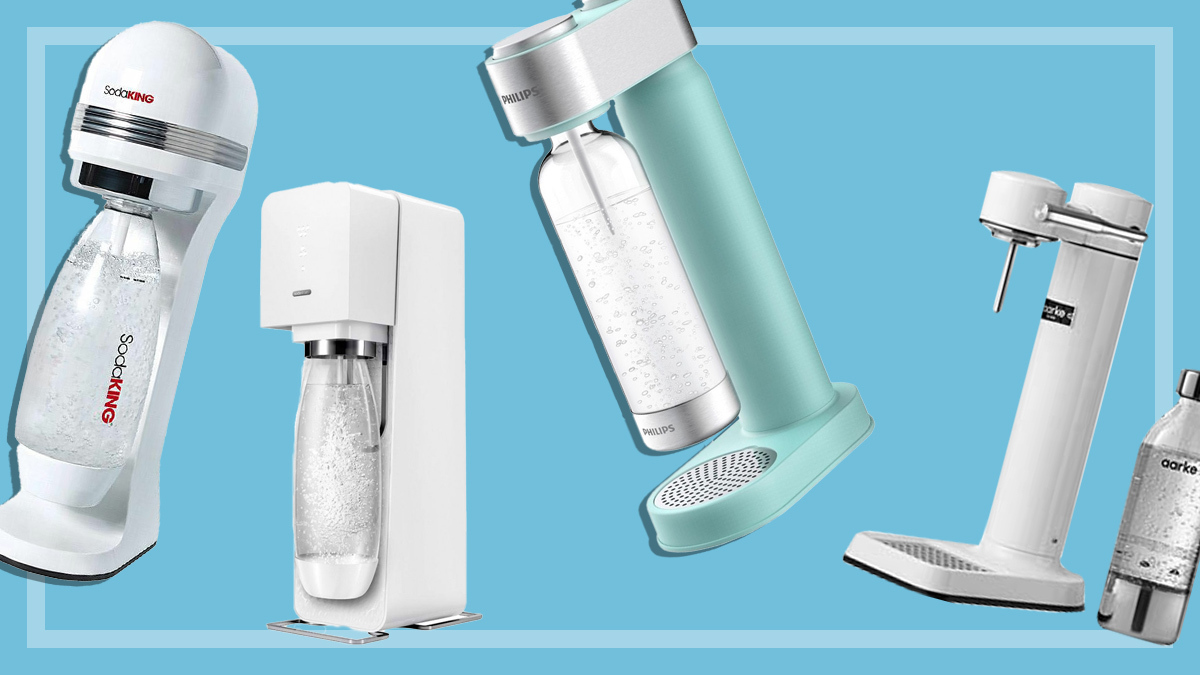Get our independent lab tests, expert reviews and honest advice.
How to buy the best soda maker
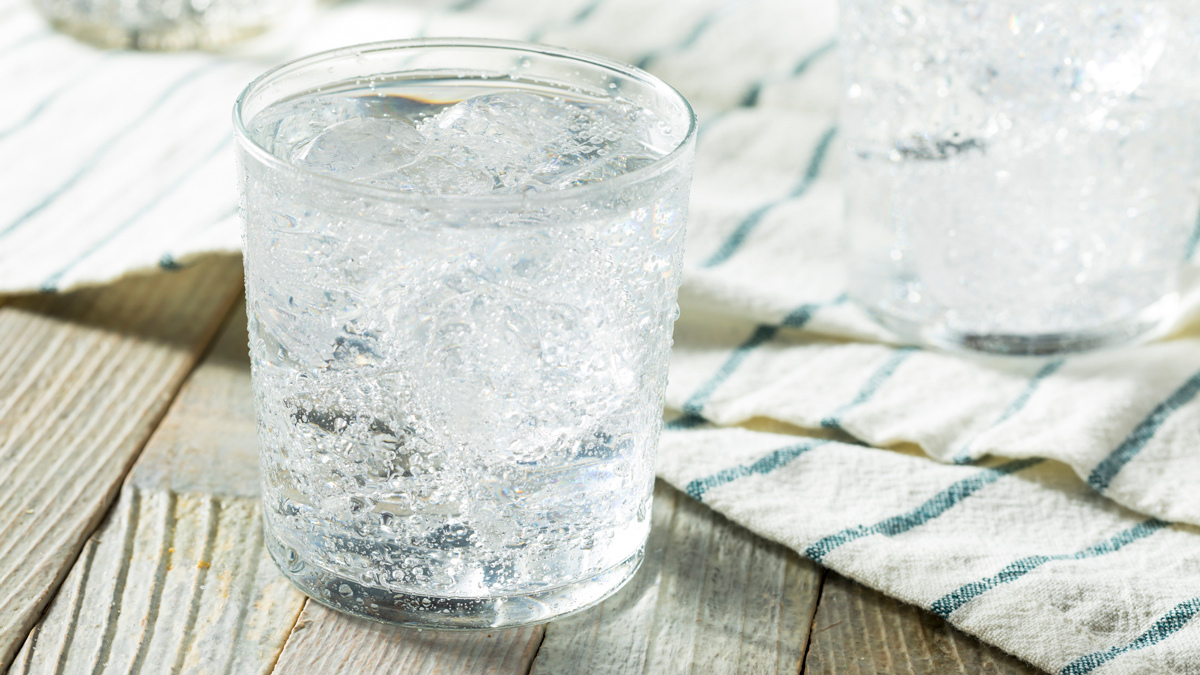
A good soda maker can make entertaining easy and can also help to keep your daily water intake up. Whether it’s plain sparkling water or a flavoured soda drink, you’ll need a soda maker that’ll make carbonating your water and swapping over the gas canisters a fuss-free experience.
On this page:
- How do soda makers work?
- What types of soda makers are there?
- What are the available brands?
- How much do soda makers cost to run?
- How to mount the gas cylinders
- How do you swap the cylinders?
- What flavours are available?
- How safe is it to use the gas cylinders?
While the majority of models on the market come from SodaStream, you’ll also find models from brands including, Philips and Aarke.
How do soda makers work?
To use a soda maker, you need to install a compatible gas cylinder (filled with CO2) into the machine. You’ll then need to fill a compatible drinking bottle with water to the maximum line and place it into the machine.
Depending on whether you’ve got a manual or automatic machine, push the button to your desired carbonation level. (For manual machines, you’ll need to hold the button for longer or for multiple presses – we’ve also seen models with a lever.)
It’s best if you use cold water, as it holds carbonisation better – lower temperature water dissolves more of the gas. Water from the fridge at 5°C can hold about 1.5 times more carbon dioxide than water out of the tap at 20°C.
You’ll most likely need more than one drinking bottle depending on how much water you drink and the size of your family. A twin pack of basic 1L SodaStream bottles can be bought for around $22 plus postage from the official online store but it may be cheaper at other retailers like Kmart.
While the process is similar for all soda maker types, there is variation in ease of use. It’s more awkward to install the gas cylinder in some models than others, for instance.
What types of soda makers are there?
The main types of soda makers are automatic and manual, and there are pros and cons for each type.
- Automatic soda makers: These require a power source. You can choose from pre-set carbonation levels which are great for accurately and consistently dosing the amount of bubbles in your beverage (such as from level 1 to 3). However, if your preference is somewhere between those levels it may be harder to ‘fine-tune’ what you’re after.
- Manual soda makers: The manual button control lets you carbonate for however long you’d like, but it may take multiple attempts to achieve the intended carbonation result. Once you have the ‘art’ mastered, they’re very easy to carbonate. These don’t typically require an external power source.
Controls used to carbonate
Automatic and manual soda makers use one of a range of controls to kick off carbonation. Typically these are: a push button/buttons for your finger, a large flat button or press that you can activate with your fingers or palm, a long flat paddle or a side lever like an old-school slot machine.
Models that use a paddle or lever may be better if you have limited dexterity or strength as you’re using your whole arm to activate the mechanism.
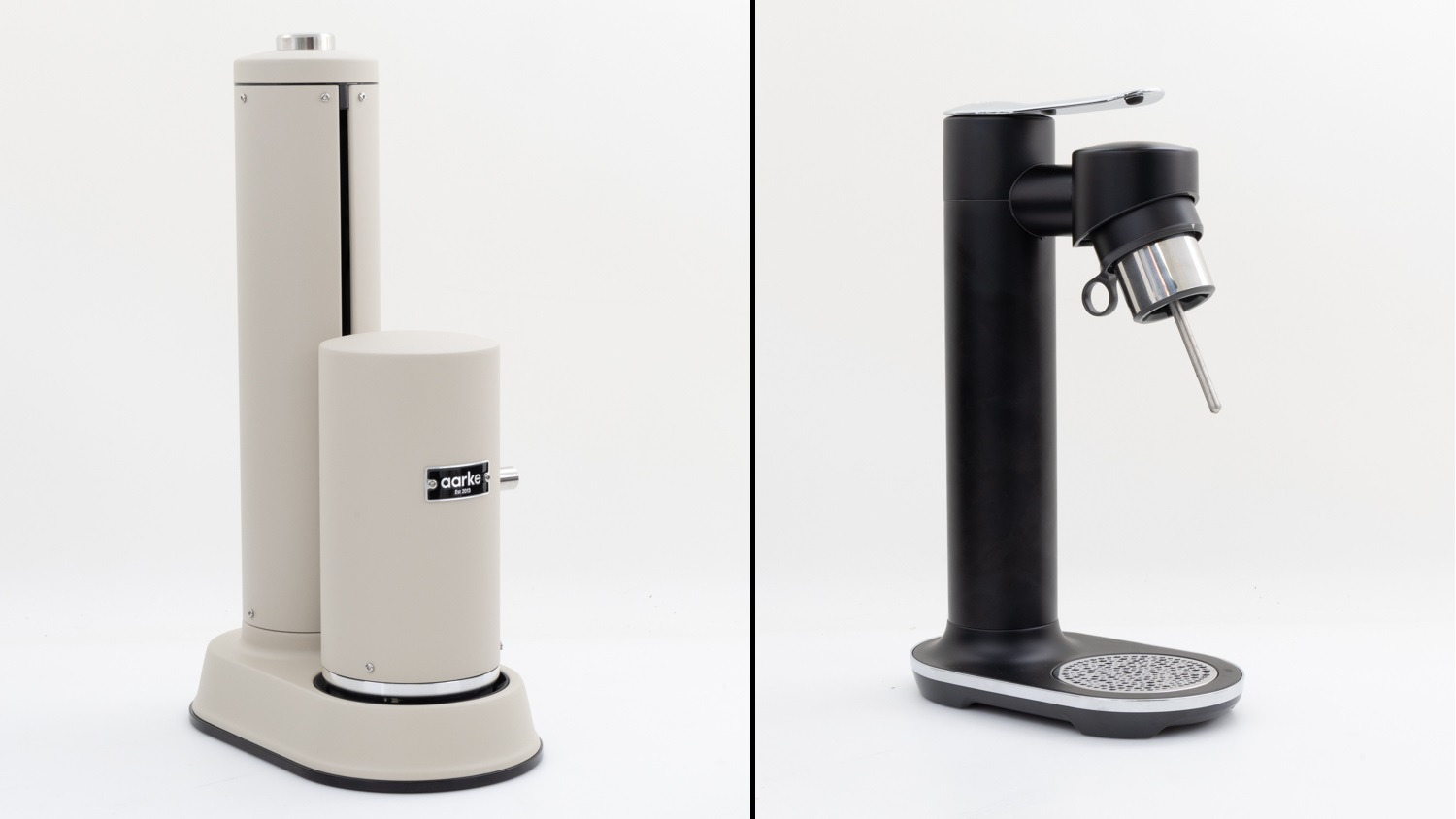
What are the available brands?
SodaStream is the most well-known brand, with models that include manual no-nonsense machines that let you control the fizz, retro machines that deliver soda water in glass bottles, and fully-automatic appliances with pre-set carbonation settings.
Our test also includes models from Breville, Aarke and DrinkMate. Most are compatible with SodaStream cylinders and some even direct you to the SodaStream store instead of selling their own.
A few brands, such as Twenty39, manufacture and sell their own gas cylinders though they often use the same screw mounts as SodaStream and other vendors. You don’t necessarily need to buy first party cylinders unless they use a proprietary mount. Remember to double check this before buying.
SodaStream models should come supplied with at least one of their own-brand gas cylinders to get you started (suitable for up to 60L), but if you’re using other brands, you may need to buy your own. Bundles are often available to purchase.
How much do soda makers cost to run?
Soda makers can cost around $49–499 to buy, depending on the style. Gas cylinders, which make up around 60L of soda water (more or less depending on how much fizz you want) usually cost about $35. However, almost all brands have exchange programs which brings the price down to around $20 when you return an old one.
The soda makers in our test typically used around 40–60 cents of C02 per bottle of soda. This will vary depending on your preferred level of carbonation, but we aim for a moderate amount. Manufacturer claims are usually calculated along the lines of low-level carbonation so take them with a grain of salt (unless you like your water lightly bubbly).
Flavoured syrups will increase costs in the long run. These are usually $6–10 a bottle though, again, your mileage will vary based on whether you prefer mild, moderate or strong tastes.
In the long run, costs may be similar to buying budget bottled soda water, but with fewer plastic bottles to contend with there’s less impact to the environment and you get to control the carbonation. It’s also far more convenient to fizz as you go.
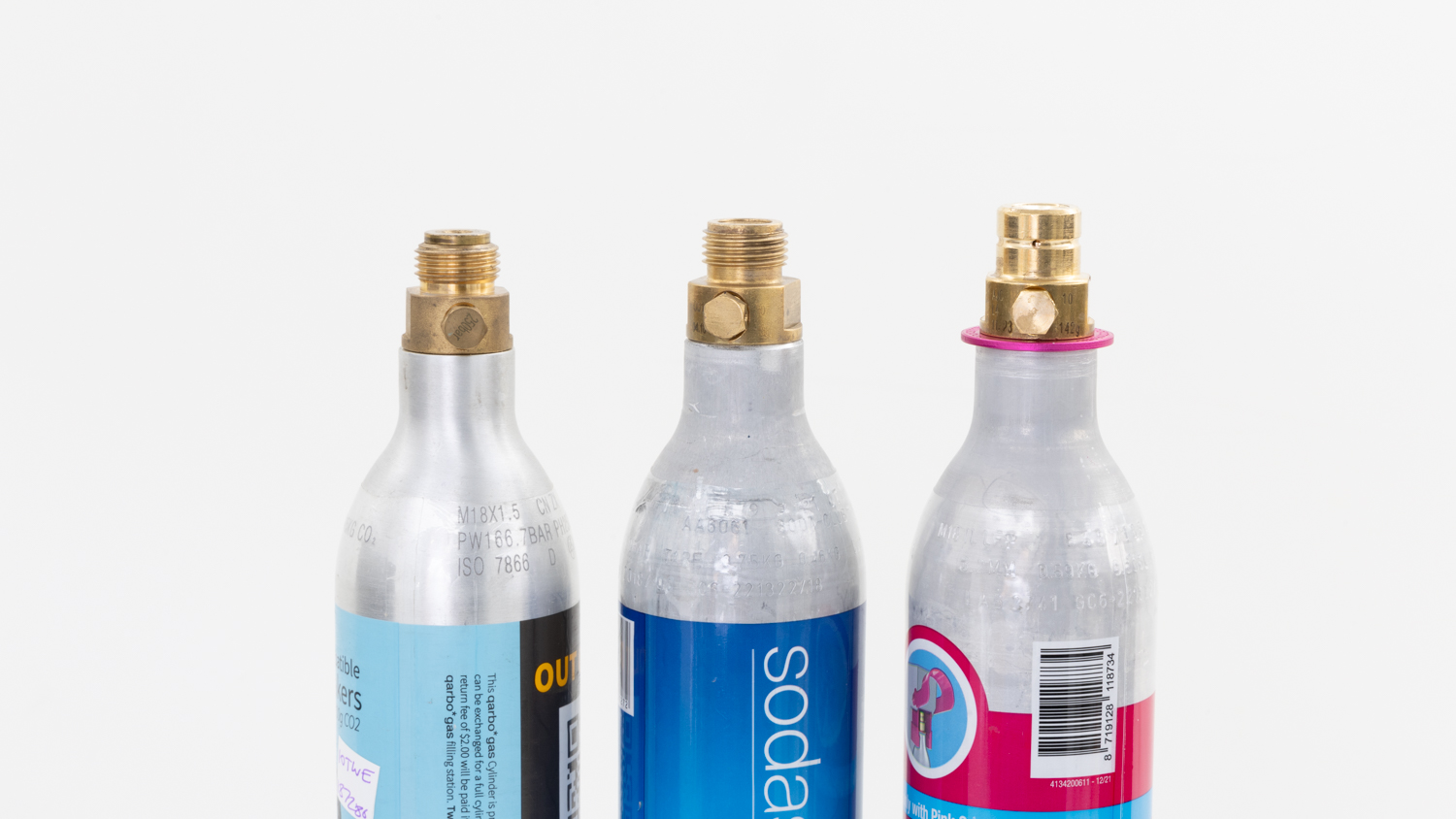
How to mount the gas cylinders
Until recently, a screw fitting was the main mount for C02 canisters. However, SodaStream has since switched to a proprietary slide and pop mount, that it calls “Quick Connect”. This only works with select SodaStream models and will not connect to soda makers that use a screw mount, including units from other brands.
The Quick Connect mount has only replaced screw fittings in the most recent SodaStream models including the Terra, Art and Gia. So far, SodaStream hasn’t phased out the screw mount canisters and there’s no indication that this will happen any time soon. All other third-party brands that we looked at still use the screw mount.
Regardless, our tests found that not all soda maker mounts are created equal. Some required a lot more effort to insert and remove, which is worth keeping in mind if you have limited strength or dexterity.
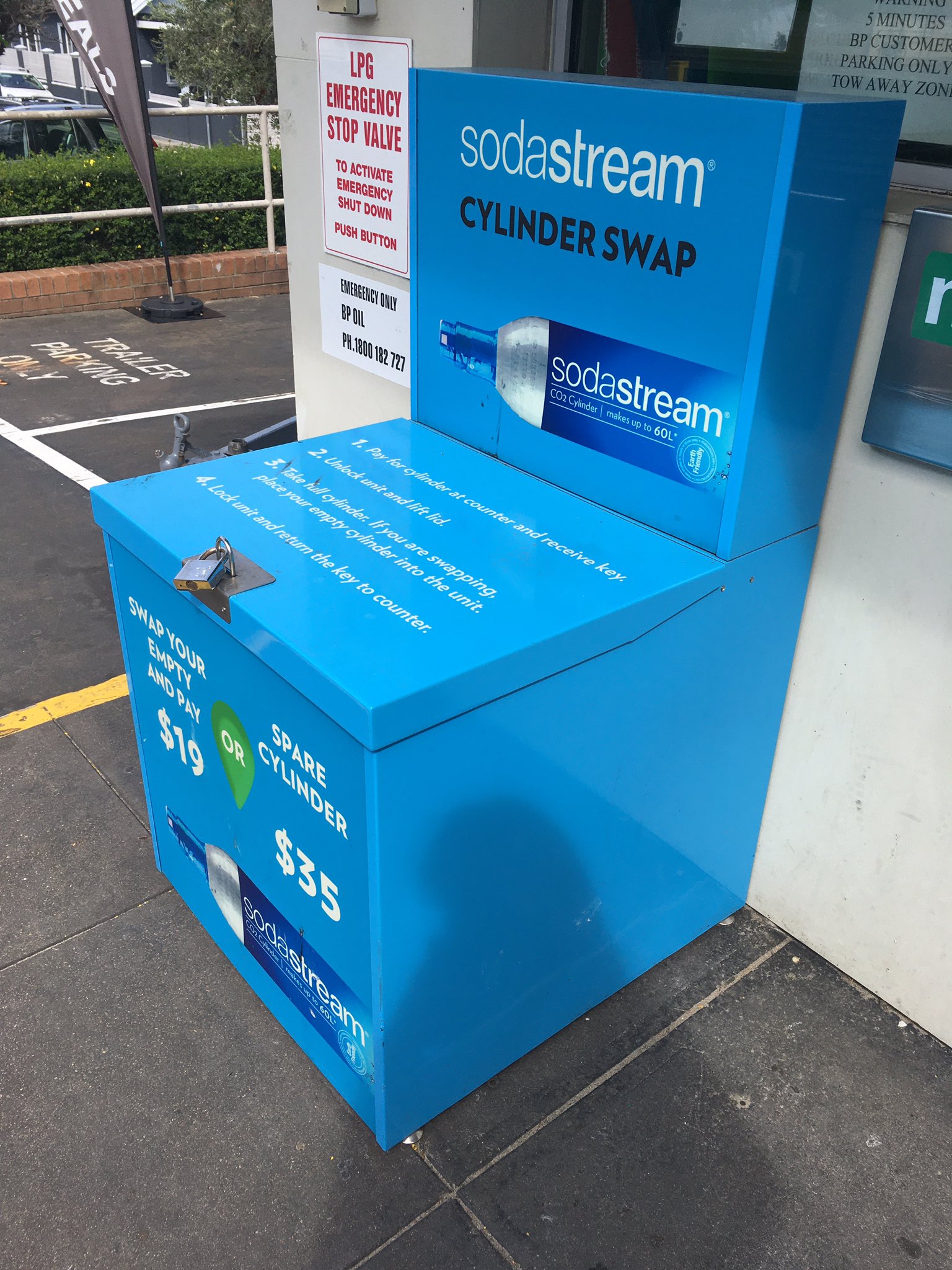
How do you swap the cylinders?
There are many participating retailers that let you do this. SodaStream, for example, charges $20 per cylinder if you swap it with a new one, or $36 if you want a spare or don’t have an old one to swap. Its website lists all the available gas exchanges, which are generally everywhere you buy SodaStreams including Coles and Woolworths, appliance retailers and some petrol stations.
Instead of going via the supermarkets, Twenty39 runs a subscription service. Cylinders are delivered to your door and collected on demand, though this isn’t available in all areas.
What flavours are available?
While many people prefer to simply drink plain carbonated water, there are a number of syrups you can buy (including official Pepsi/7-Up flavours or even kombucha). These are always added after carbonation – you just add a capful to your water. Adding the syrup before carbonation can clog the machine and also not as much carbon dioxide will dissolve in the water if it has flavours added beforehand.
You can, of course, always make your own without the need to buy ‘official’ flavourings and there are countless recipe sites and discussion forums where people have shared their ideas.
How safe is it to use the gas cylinders?
The cylinders are safe to use if the directions are followed. As with all contents under pressure, the cylinders must not be exposed to prolonged high temperatures, and you should keep them at room temperature out of direct sunlight. Always inspect the cylinder before installation, and don’t use it if it’s visibly damaged.
Carbonising itself should also be safe. SodaStream says that its canisters have a safety valve to “harmlessly release the gas in the unlikely event that the pressure within the carbonating cylinder rises above threshold levels”.
As for over-carbonisation of the water bottles, spillage around the top and sides can regularly occur but you won’t see any ‘exploding’ drinks provided you use the correct ones. Some experimentation is needed for best results.
All manufacturers recommend against swapping soda bottles between brands as they can’t guarantee that their product will safely work with another soda maker. This is particularly important if you’re using glass bottles as they can crack if you ignore the instructions.
What features should I look out for?
Apart from the pre-set carbonation levels on automatic machines, look for these features in a soda maker.
Ease of removing/installing the canister
You don’t want to fiddle with screwing and unscrewing or popping the canister in. It should be simple and quick to do without taking too much of the machine apart or tipping it over.
Ease of installing bottle
It should be a painless process to click it in. Some models require you to screw the bottle in and out which can be finicky when the bottle is full. Some require you to hold the carbonation head at an angle and then screw the bottle in with one hand which can be tricky.
Drip trays
These are handy if you over-carbonate and water spills out of the bottle.
Operation light
For automatic models.
Size
You need to make sure it’ll fit nicely on your bench.
Design
Some have a ‘retro’ aesthetic, some look industrial, and some come in different colours. You can also get different bottle styles.
Expiry dates on bottles
Some of the drinking bottles may come with an expiry date. SodaStream says that this is because “the bottle has to withstand recurring pressure from carbonation” and “it cannot be used forever”. Some degradation should be expected over time.
However, if there’s no visible wear and tear and it’s not been put into a dishwasher or kept in direct sunlight, we think the expiry date should be taken as a rough guide only, especially if it’s barely been used. SodaStream says all components apart from the seal in the cap are recyclable.

